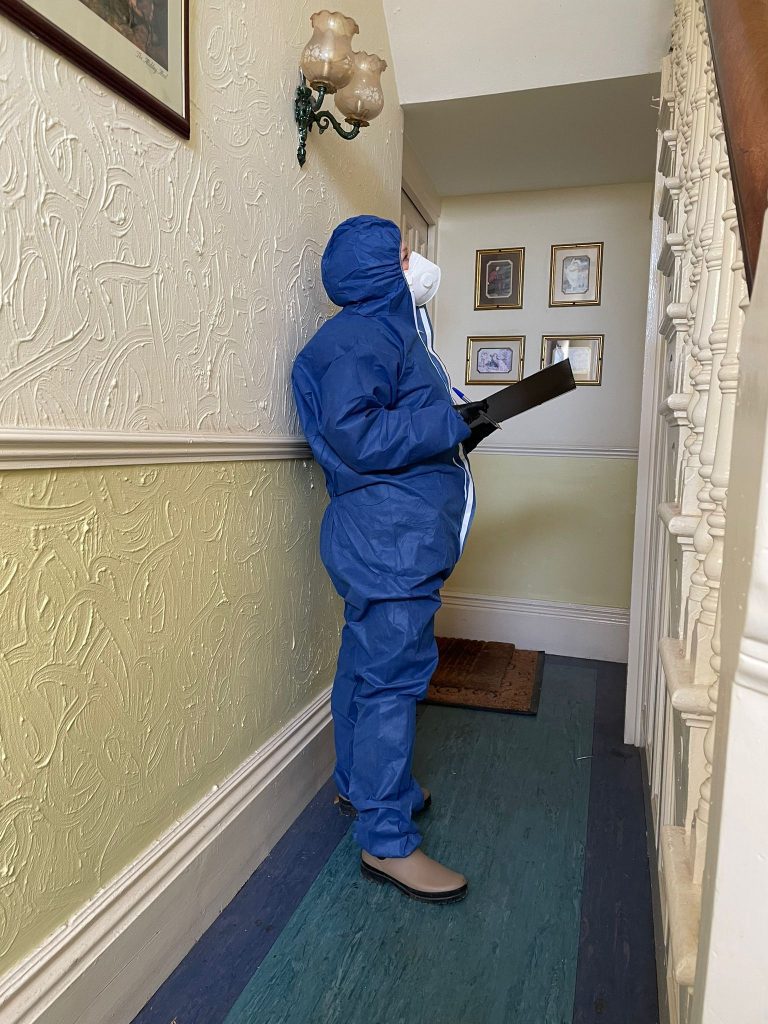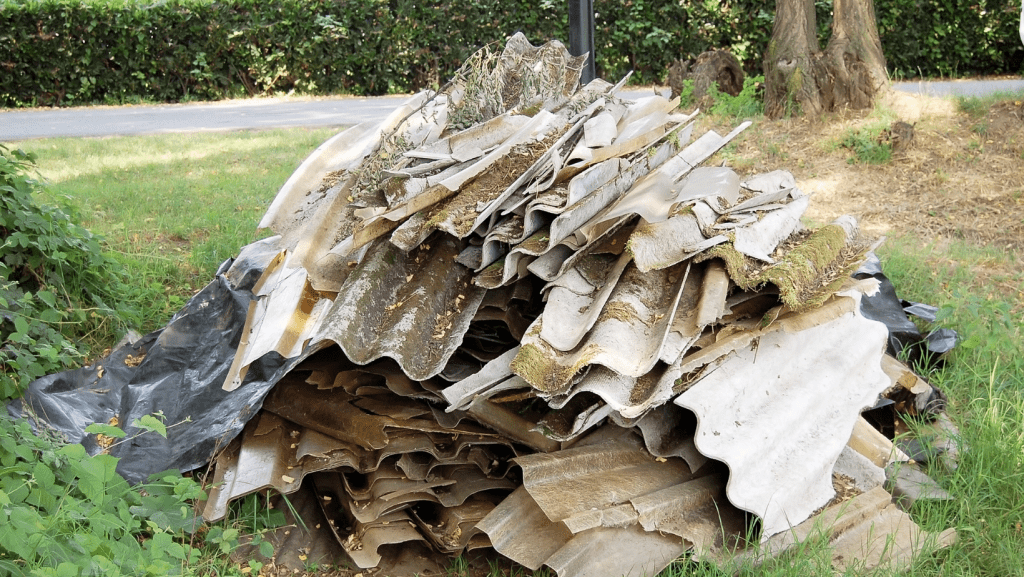We all love our pets. They’re part of the family, right? But here’s the thing when it comes to asbestos, your furry friend might be at more risk than you realise.
Pets can’t tell you when something’s wrong. And they don’t know not to sniff dusty corners or nap in that old shed that’s falling apart. So if you’re living in, working on, or near a property that might contain asbestos, here’s what you need to know to keep your pets safe.

What is Asbestos and Why is it Dangerous?
Asbestos refers to a group of six naturally occurring minerals made up of fine, fibrous crystals. These fibres form through the splitting and shifting of rock under heat, pressure, and moisture over time.
There are two main categories of asbestos minerals:
- Serpentine
- Amphibole
Although asbestos has been banned in most applications, it’s still present in many older buildings. Because the fibres are microscopic, spotting asbestos isn’t easy, meaning you can’t see it with the naked eye. That’s what makes it so dangerous: once disturbed, the tiny fibres can float in the air and, if breathed in, may cause life-threatening conditions such as asbestosis, mesothelioma, and lung cancer and yes, pets can get it too.

How Can Pets Be Exposed to Asbestos?
In Your Home
- Renovation or DIY work in older homes (pre-2000 build)? That could be disturbing asbestos in floor tiles, ceiling coatings, insulation, or garage roofs.
- Your cat or dog walks through the mess, rolls in the dust… you get the picture.
Via You
- Work with asbestos or in dusty environments? You might bring fibres home on your clothes or boots. Your pets love cuddling up to you and your things—it’s an easy way for them to get exposed.
Outside
- Fly-tipped waste, old buildings, or derelict sheds on walks? That’s prime asbestos territory.
- Outdoor cats especially love poking about places they shouldn’t.

How to Protect Your Pet
At Home
- If you don’t know whether your house has asbestos, always get it checked!
- Planning building work on a property? It’s better to be safe and get an asbestos survey first.
- Keep pets out of the area during work and until it’s cleaned up.
- When cleaning dust it’s best to use professional cleaners or a HEPA vacuum.
At Work
- Work with or near asbestos? Change clothes before coming home.
- Don’t bring boots, tools, or gear inside where pets hang out.
- Wash workwear separately.
On Walks
- Avoid construction or demolition sites.
- Steer clear of old buildings, rubbish piles or abandoned garages.
- Be extra careful with curious cats who roam freely.

Symptoms of Asbestos Exposure in Pets
This is where it gets tricky…symptoms can be vague and show up late.
Keep an eye out for:
- Heavy or shallow breathing
- Persistent coughing
- Fatigue or low energy
- Swollen tummy
- Loss of appetite or weight loss
If you spot any of these, especially after exposure to dusty or unknown materials, get to a vet. Fast.
What If You Think Your Pet Has Been Exposed?
First things first, don’t panic. Take your pet to the vet and explain the situation.
They may recommend:
- Blood tests or imaging (like X-rays)
- Chest or abdominal fluid samples
- Comfort treatments (there’s no cure, but symptoms can be managed)
Asbestos Testing
It’s easy to overlook the hidden dangers of asbestos, especially when you can’t see or smell it. But your pets are low to the ground, love dusty spaces, and don’t know better. That means it’s on us to protect them.
The only sure way to tell if a material contains asbestos is professional Asbestos Testing. This is because only organisations who can accurately conduct Asbestos Testing and provide UKAS Accredited Lab Results.
Smart Asbestos Services provide Asbestos Testing with UKAS Accredited Laboratory Results. Give us a call on 01623 272 611, based in Nottingham we have our very own disposal site as well as asbestos removal services!
Need some advice about Asbestos waste?
Call us on 01623 272 611 and we'll be happy to help
